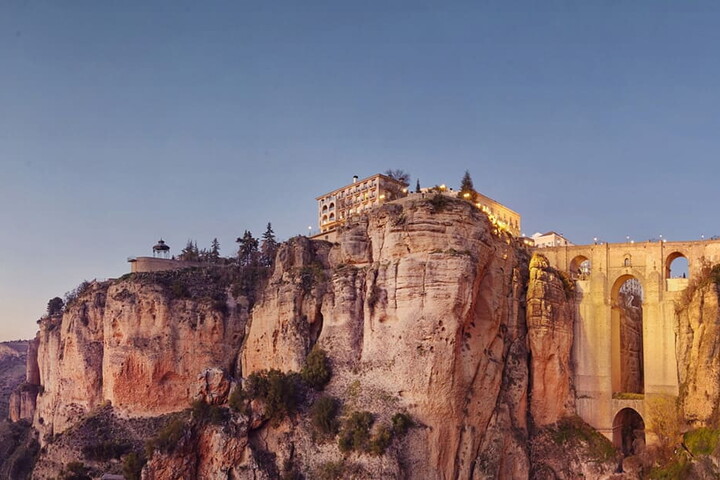The Story of a Dream. This is the title of the event, that from November 2 to November 8, will connect two iconic automotive brands in New York City: Pagani and Pirelli. Together with many others who are passionate about performance, they will celebrate the 20th anniversary of Pagani's heroic hypercar, the Zonda.
And what better location than Grand Central Terminal to host this unique showcase? The venue that, perhaps more than any other in Manhattan, guards the stories and dreams of the millions of people who have walked its halls for more than a century.
Interestingly enough, even many native New Yorkers don't know much about this historic landmark, despite thousands passing through it on a regular basis. In fact, while it is one of the most visited destinations in New York City – behind only Times Square – many may only know Grand Central Terminal as a popular backdrop to such films as North by Northwest, Spellbound, Superman and The Avengers.
The original Grand Central in New York City was built in 1871 by railroad tycoon Cornelius Vanderbilt. Known as Grand Central Depot, the transit hub serviced steam locomotives. However, the railroads quickly outgrew the existing structure, which was eventually demolished in 1899 in favor of a larger, six-story building named Grand Central Station.
While the original Grand Central was a modern marvel at the time, New Yorkers complained for decades about air quality degradation caused by the soot and smog produced by the trains. Steam locomotives were eventually banned, and Grand Central became obsolete. However, not willing to let the station die, the Vanderbilt family quickly developed plans to demolish the existing station and construct a new, state-of-the-art facility that would utilize electricity rather than steam.

The building of the new Grand Central Terminal was the largest construction project in New York's history to date and took a decade to complete. It officially opened on February 2, 1913 with a celebration attended by more than 150,000 people.
Business around Grand Central boomed in the years after its completion, with hotels, office buildings and skyscrapers popping up at breakneck speed. The terminal soon became the busiest train station in the country. By the 1940s, Grand Central Terminal played a vital role in U.S. efforts during World War II as millions of servicemen traveled through the terminal on their way to and from the frontlines. By 1947, the equivalent of 40%of the U.S. population traveled through Grand Central each year.
Once the war ended, Americans began to favor long-distance travel by car or air over rail. Thus, Grand Central Terminal was once again in jeopardy of becoming obsolete. As railroad profits fell and Manhattan real estate values skyrocketed, there was talk of demolishing the terminal and constructing an office building in its place. New York City's Landmarks Preservation Commission intervened in 1967 to designate Grand Central Terminal as a landmark protected by law, temporarily squashing any development plans.
And while others put up a fight to utilize the land for more potentially-lucrative real estate plans – a fight that would last for nearly 10 years – the cries of concerned citizens and city leaders, including Jacqueline Kennedy Onassis, ensured that the development plans were scrapped for good.

In 1994, the Metro-North railroad took over operation of Grand Central Terminal and began extensive renovations to restore it to its original 1913 glory. Since that time, Grand Central has become a beloved Manhattan landmark.
Like any historical building, Grand Central Terminal has its own unique characteristics. For instance, its zodiac ceiling in the Main Concourse was painted backwards purposely to offer a “divine perspective,” according to Cornelius Vanderbilt. It features 12 constellations painted in gold leaf, along with 2,500 stars – 59 of which are illuminated by LEDs. Despite the massive renovation project, you'll still notice a dark, discolored patch of brick in the ceiling that consists of nicotine and tar as a reminder of the days when cigarette smoking was permitted inside the Terminal.
The Main Concourse is also the home of the crown jewel of Grand Central Terminal – the information booth clock. The famous timepiece, along with all other clocks in Grand Central, is set by the atomic clock in the U.S. Naval Observatory in Bethesda, Maryland. It is estimated to be valued at as much as $20 million.
It's only fitting that such a storied venue will play host to The Story of a Dream, a display that represents the realization of the dreams of Pagani and Pirelli.




